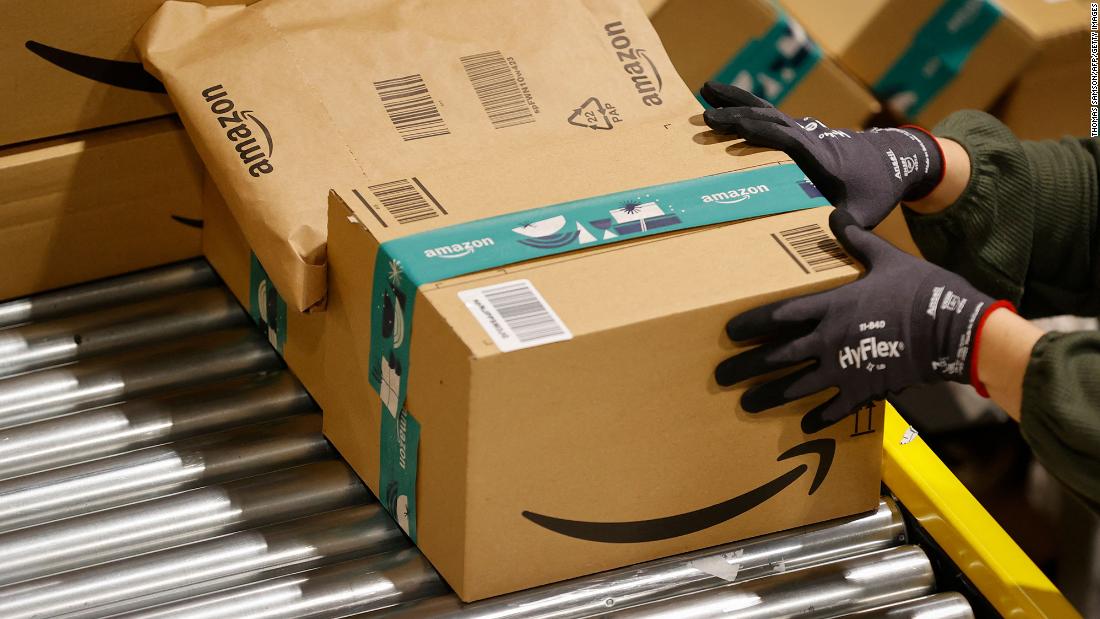
Amazon has also offered to treat all sellers equally when determining which one to feature most highly in its product listings, in a space on its website known as the Buy Box. (The Buy Box is where consumers can click the button to add an item to their cart, which results in the seller that “won” the Buy Box placement — based on Amazon’s criteria — receiving the customer’s business.)
As part of the Buy Box concession, Amazon proposed to offer a second seller placement in the Buy Box, a move that could potentially boost visibility for more sellers. It also made several commitments related to sellers’ relationships with Amazon Prime, and said sellers under its Prime label would be able to use any shipping carrier they desire rather than Amazon’s own fulfillment services.
The concessions highlight how Amazon is motivated to settle the EU probes amid mounting regulatory and legislative scrutiny of the company worldwide, which have increasingly zeroed in on allegations the e-commerce giant uses third-party seller data to benefit its own retail business on the same platform.
In the United States, some lawmakers are pushing for a Senate floor vote this summer to approve a critical tech antitrust bill that could erect new barriers between Amazon’s various lines of business. And in Europe, a similar competition law is expected to take hold in the fall.
Members of the public will have until Sept. 9 to submit comments on the proposed concessions. If approved, the concessions would last for five years, and violations could lead to fines against Amazon of up to 10% of its global revenue, EU officials said in a release.
